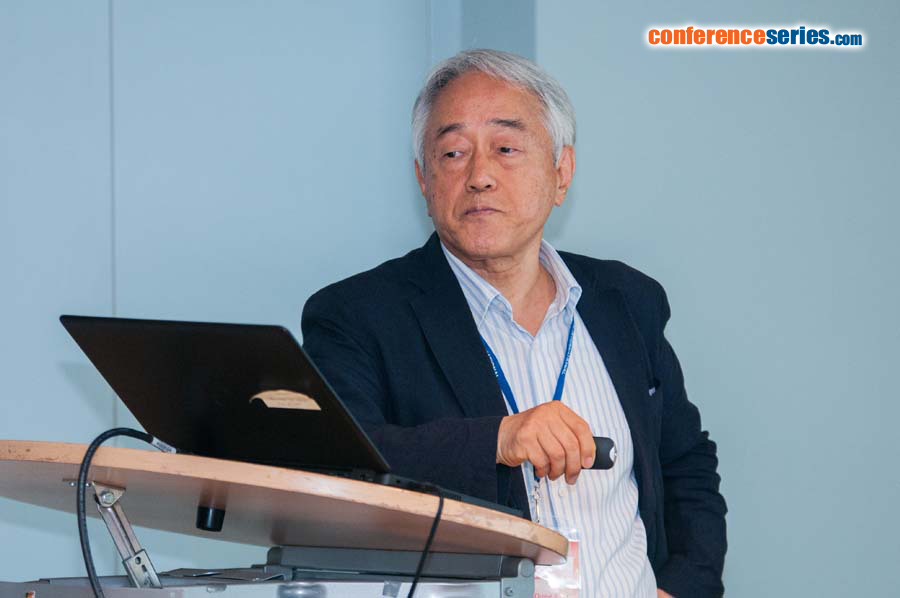Biography
Biography: Byung-Dong Kim
Abstract
Foldback intercoil (FBI) DNA is a unique and transient configuration of duplex DNA that consists of four functional parts: Foldback head, intercoil stem, intercoil blunt end tail and heteroduplexes. FBI DNA was first found in rare TEM configurations of pearl millet mtDNA and was tested out for its feasibility by space-filling model of DNA. FBI DNA is formed by foldback bending at one location of a duplex DNA, to lead the flanking anti-parallel double helixes to intertwine in each other’s major groove to form an intercoil. Repeat sequences in the intercoil make four-stranded base pairing. Base flipping of the repeats leads to heteroduplexes formation and homologous recombination. This subtle transformation of the double helix into FBI DNA structure is instrumental in mediating four major DNA-DNA transactions, namely, α deletion by direct repeats, Ω site-specific inversion by inverted repeats, FBI tip insertion in site-specific insertion and non-homologous end joining and gap filling (EHEJ-GF) in transposition. Most significantly, FBI DNA transfiguration into heteroduplexes offers an effective mechanism of paranemic separation of daughter strands after DNA replication which otherwise would get stuck after unwinding a plectonemic double helix DNA at the replication fork. Biochemical and bioinformatics evidences in the literature that support the FBI DNA for the inevitable presence and working in the real biology will be presented. Put together, realization of the dynamic and diverse transformation of the FBI DNA structure would allow a new understanding of diverse DNA function, their interaction at genome level and at cellular differentiation. Suggestions for future research strategies would be discussed.



